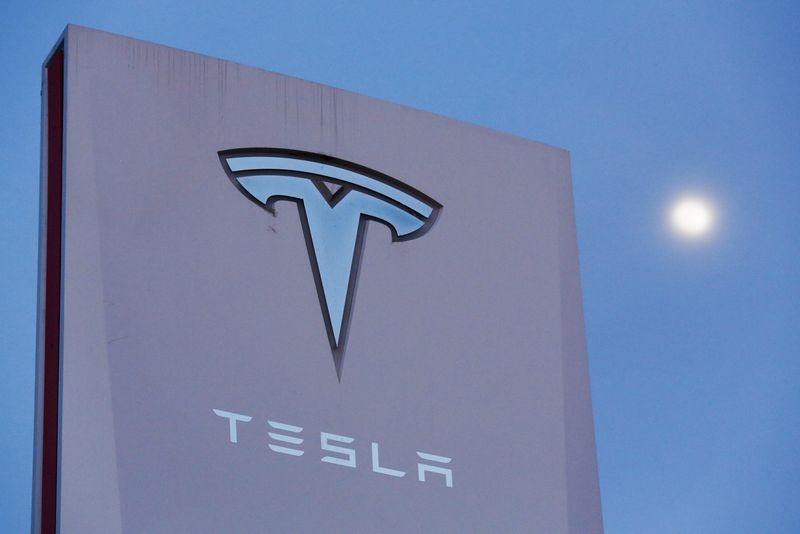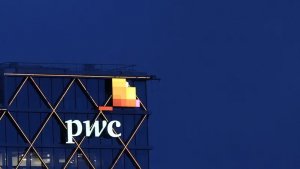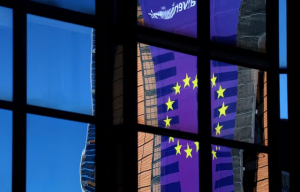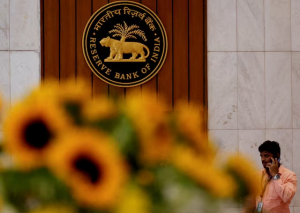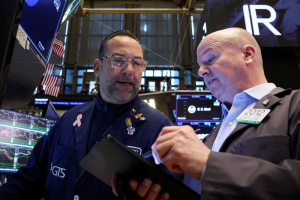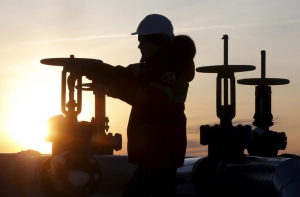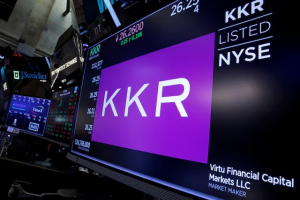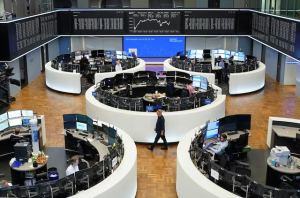Tesla (NASDAQ:TSLA) has officially launched its long-awaited Robotaxi service in Austin, Texas, using a small fleet of 10 to 20 Model Y vehicles.
The electric vehicle (EV) giant’s shares rose more than 1% in premarket trading Monday by 08:02 GMT.
The service is limited to geo-fenced areas within the city and currently excludes trips to and from airports. Safety measures include a Tesla monitor seated in the front passenger seat and remote driver oversight, though the in-vehicle monitor does not control or comment during rides.
According to Wall Street analysts, the initial investor sentiment appears neutral, with RBC Capital Markets noting that the basic framework of the launch was expected.
“What is new here is the safety monitor being in the passenger seat and the remote drivers monitoring as backup,” the firm’s analysts said.
RBC continues to view robotaxis as a core part of Tesla’s equity story, estimating that autonomy could represent around 60% of the company’s valuation.
They emphasized that if Tesla proves its camera-based system can deliver safe and reliable service at scale, it may gain a competitive edge given the cost advantages over lidar- and radar-heavy alternatives.
“Most current alternatives do not make money. This is mostly because of an expensive array of sensors and hardware (including radars and lidars), as well as map based software architecture,” the analysts explained.
“Tesla’s approach is more machine learning orientated. The idea is that the car should be able to make decisions on its own like a human driver would. Only time will tell if this will work, however,” they added.
3rd party Ad. Not an offer or recommendation by Investing.com. See disclosure here or remove ads. Meanwhile, Wedbush analysts had a firsthand experience of the service in Austin and came away impressed.
“Going into it, we expected to be impressed but walking away from it, all there is to say is that this is the future,” they wrote, describing the experience as “comfortable, safe, and personalized.”
The team highlighted the vehicle’s ability to navigate complex urban conditions, from dirt roads to tight, obstructed lanes, with apparent ease.
“To really put it into perspective, there was a moment where we drove up a narrow road going up a hill with cars parked on both sides with oncoming traffic and people opening their car doors into the road and the Robotaxi masterfully maneuvered with patience and safety among this chaos,” Wedbush noted.
On the same day as Tesla’s launch, Texas passed a law requiring autonomous vehicle operators to secure approval from the Department of Motor Vehicles before operating without a human driver. The new rules will take effect on September 1.
While the vehicles used in the launch were not Tesla’s upcoming purpose-built “cybercab,” analysts believe this early rollout could set the stage for a broader expansion of Tesla’s AI-driven mobility platform.
Wedbush described the event as marking the start of “the Tesla AI story” and the ”$1 trillion autonomous journey.”

